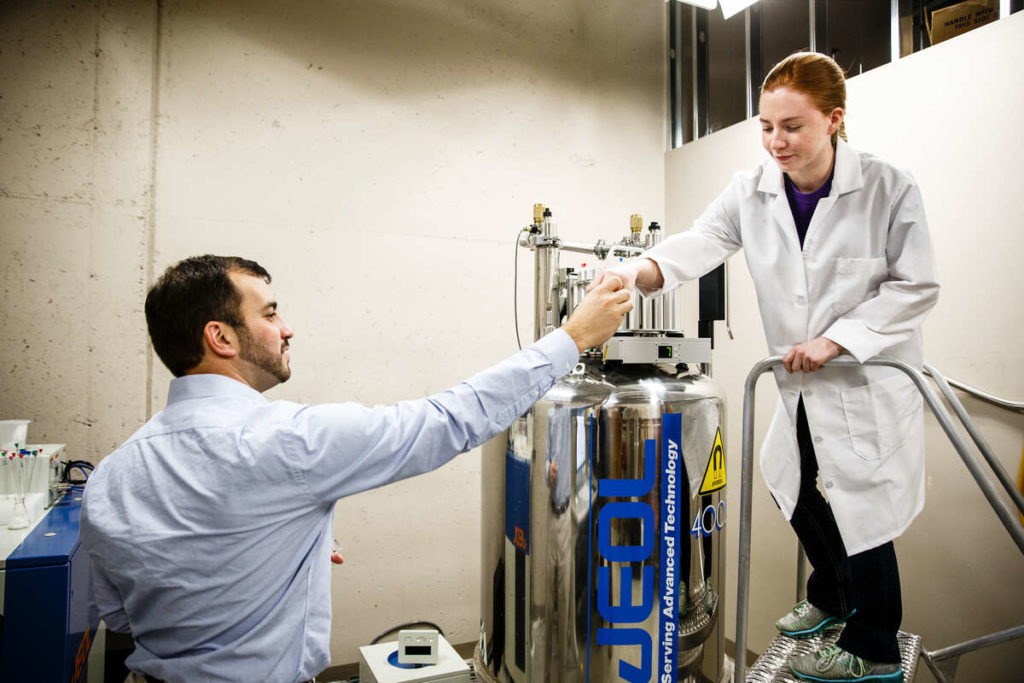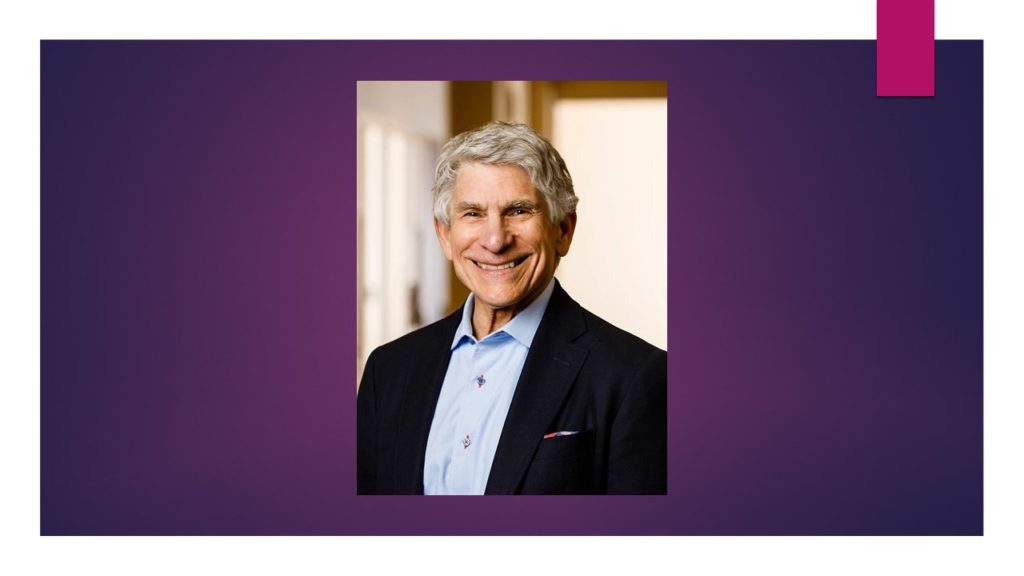This "Outside Consultant" column by Mike Porter, EdD, a faculty member in the Marketing Department at Opus College of Business, ran in the Star Tribune on March 28, 2022.
Employee communication always comes with challenges, but COVID-19 magnified those issues in numerous ways. This created an opportunity to see extreme versions of common employer/employee communication matters.
Businesses perennially need to address the balance between communicating too often or too little with employees. A perfect example of this appears in the ebb and flow of COVID-19 restrictions. Some organizations assumed that once a set of rules had been set in place employees didn’t need additional communication until the next change. The premise takes the idea that without something new to say, don’t clutter the email box of busy workers.
The problem evolves from the employees who wonder what comes next and when. They worry about whether and how the rule might change, and often feel like the decisions get made in a “black box” using unknown criteria and logic. This adds to anxiety.
Other organizations successfully established a pattern of communication to support employees. This included weekly updates and an effort to be transparent about the process involved in making decisions regarding work-related change due to COVID-19. Even when nothing changed from week to week, it allowed employees to know the current rules still applied and management understood the need to keep people informed. One value of this mode – an established time and format of regular communication allows those interested to tune in, and those not interested to skip the message.
Another area that became doubly magnified during COVID-19 stems from the need for two-way communication – a feedback loop from employees to management. In the absence of that channel, historically the rumor mill filled the void. Today, the rumor mill still exists, but parts of it can seep into social media, where a firm’s workplace tensions spill into public spaces.
Every organization eventually develops some level of rumor mill. Even when firms establish clear channels for communicating questions and concerns to management, some misinformation or angst can percolate. It serves leadership well to maintain openness through trusted employees as to when such chatter begins and to respond with thoughtful solutions or clarified information as quickly as possible.
As COVID-19 settles into an endemic mode, perhaps some of these issues will reduce back to traditional proportions, but the basic concerns and remedies remain.
Mike Porter, EdD, is a faculty member in the Marketing Department at the University of St. Thomas Opus College of Business.







